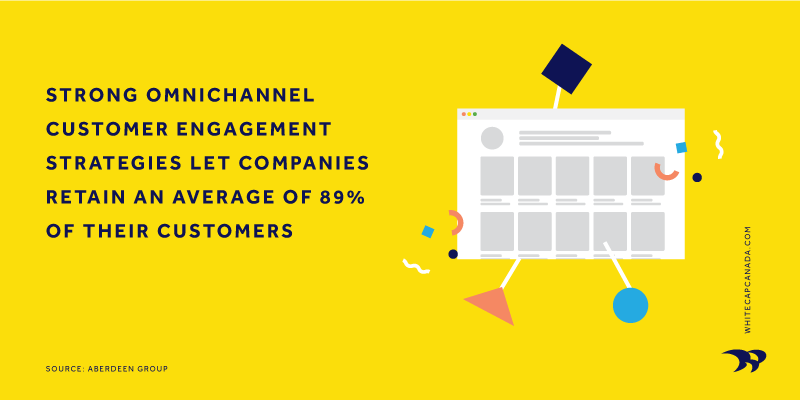|
Getting your Trinity Audio player ready...
|
I recently met with a prospective client looking to update his website. I listened as the owner talked passionately about his company, the “we really want to help you” experience his clients were treated to when they walked through the doors, their sales’ associates extensive product expertise and how the company is known for building long-term, deep relationships with their customers.
He painted the picture of a very helpful, knowledgeable, highly consultative retailer of quality appliances; one that goes out of their way to make personal connections with their clientele, while totally respecting the fact that people want help and information when they’re making their buying decisions, but don’t want high pressure sales tactics. From his descriptions, I could vividly imagine doing business with them.
Then I visited his website.
Now don’t get me wrong, the site had all the standard links, a clean design and the kind of information you’d find on every other retailer’s website. And that’s exactly what was wrong.
I felt a real disconnect between the experience and brand he described, and the image presented on the website. I didn’t feel the quality and helpful, consultative, personal approach on the site that that I would imagine mirrors how customers feel entering the store and working with the associates. The passion, expertise and brand identity were all missing.
Confusion Costs Sales
We’ve heard a lot in recent years about omnichannel retailing. It’s an approach to retailing that strives to provide a cohesive experience for customers at every touchpoint. Customers no longer use only one channel to interact with us, so companies realized they needed to provide opportunities for them to reach us whenever, wherever and however suited them.
In the past, companies would optimize each touchpoint without keeping the bigger, cross-medium experience in mind.
This is how the disconnect started and the brand started to get fractured with customers getting a different look or experience depending on the medium.
Why does brand consistency matter? Put quite simply: your customers don’t differentiate between channels. They expect a consistent experience whether they’re online, on their phone, calling you or visiting in person.
How does an inconsistent brand impact business?
- Confuses customers which will eventually send them elsewhere
- Makes it harder to compete because your channels aren’t reinforcing your brand
- Impacts sales while customers try to figure out if they’re still working with the same company
- Reduces the effectiveness of lead generation efforts
A recent report by the CMO council found 94% of markets say an omnichannel customer experience is crucial to business success. Despite the recognition that a seamless experience is critical, 40% of companies don’t even have an omnichannel strategy.
IDC has found consumers who connect with you and shop using a range of channels have a 30% higher lifetime value … think of what that could do for your bottom line. And, Forrester has been tracking what it calls “digital influence” or how the internet impacts offline retail sales. The researcher’s most recent report says the internet will influence 41% of sales during customers’ purchase journey by 2020.
Next Level UX
If we get right down to the basics, omnichannel marketing is all about the user experience (UX), but all too often UX is limited to discussions about making a website or digital product as easy and intuitive to use as possible.
Don’t get me wrong: a website needs to be developed with attention to the details that deliver an excellent experience. But an often-overlooked part of UX is the consistent and cohesive telling of your brand story, so that your customers recognize your values and vision online, on a mobile app, across social media channels and when they walk through your doors.
We believe that in today’s business climate, companies need to look at their brand from all sides make sure the story you’re telling is consistent across every channel. Done right, telling your brand story helps your customers feel more connected to you and that connection will lead to increased loyalty and sales.
Who’s doing it well right now?
- Starbucks has perfectly blended a multi-channel experience that’s as addictive as its lattes. From its app that tailors offers to your sweet or savory preferences to in-store events and email offers, there’s no mistaking Starbucks from any other coffee experience.
- Restoration Hardware exudes luxury whether you’re buying a rustic sideboard in store, clicking your RH members link to buy a “cloud” collection sofa, or scheduling a design consultation at the “atelier” near you. The “gazillion” dollar printed catalogue they drop off at your front door also perfectly maps to the overall user experience in all its other channels.
- Apple’s website is minimalist, with few words and sleek images, so it’s not surprising its retail stores have the same clean modern aesthetic that Apple enthusiasts expect.
Creating a more seamless experience from channel to channel will help you keep your customers happy and coming back longer … and this is especially important in a marketplace that has so much disruption from new players and online retailers.
